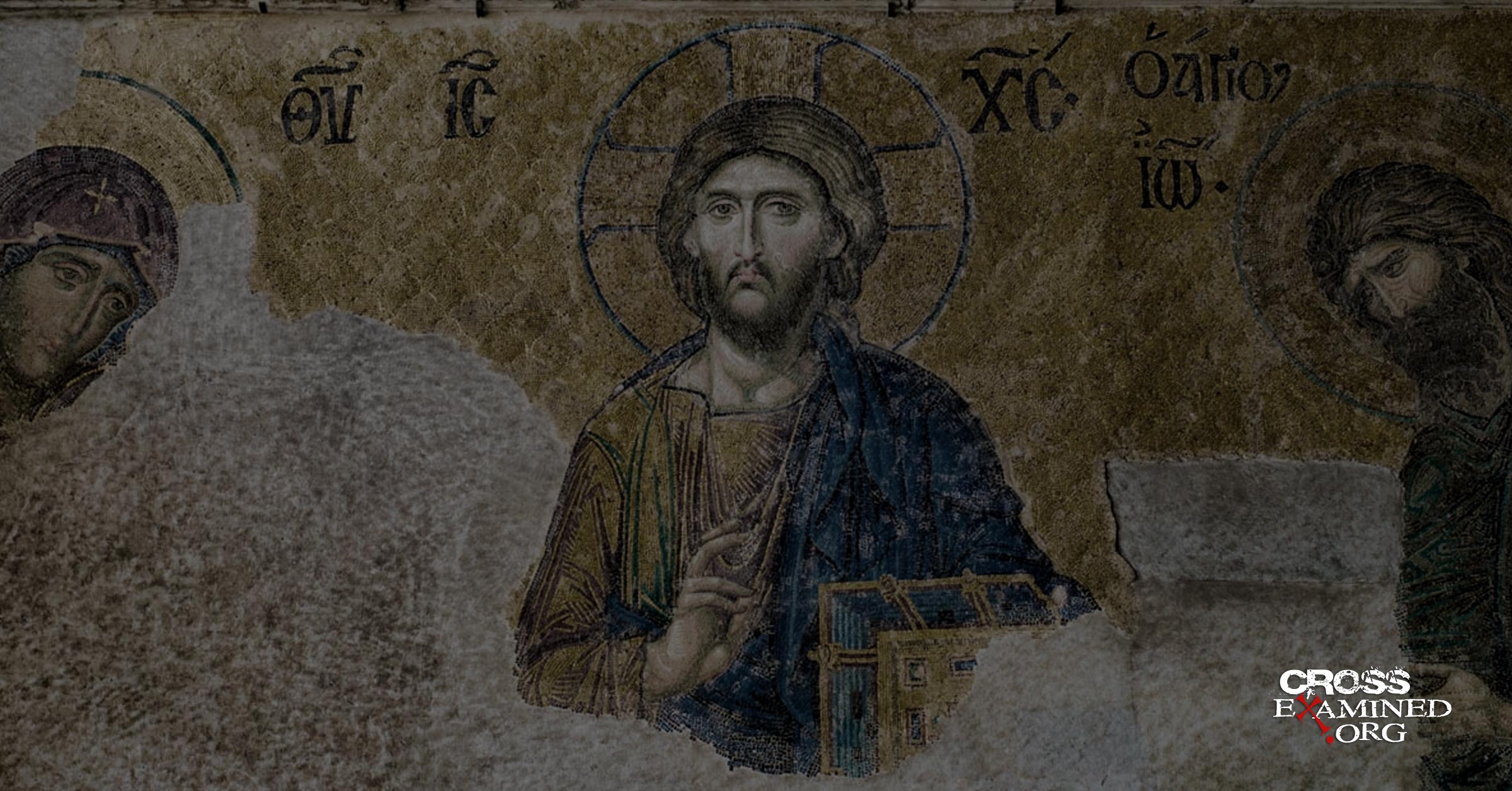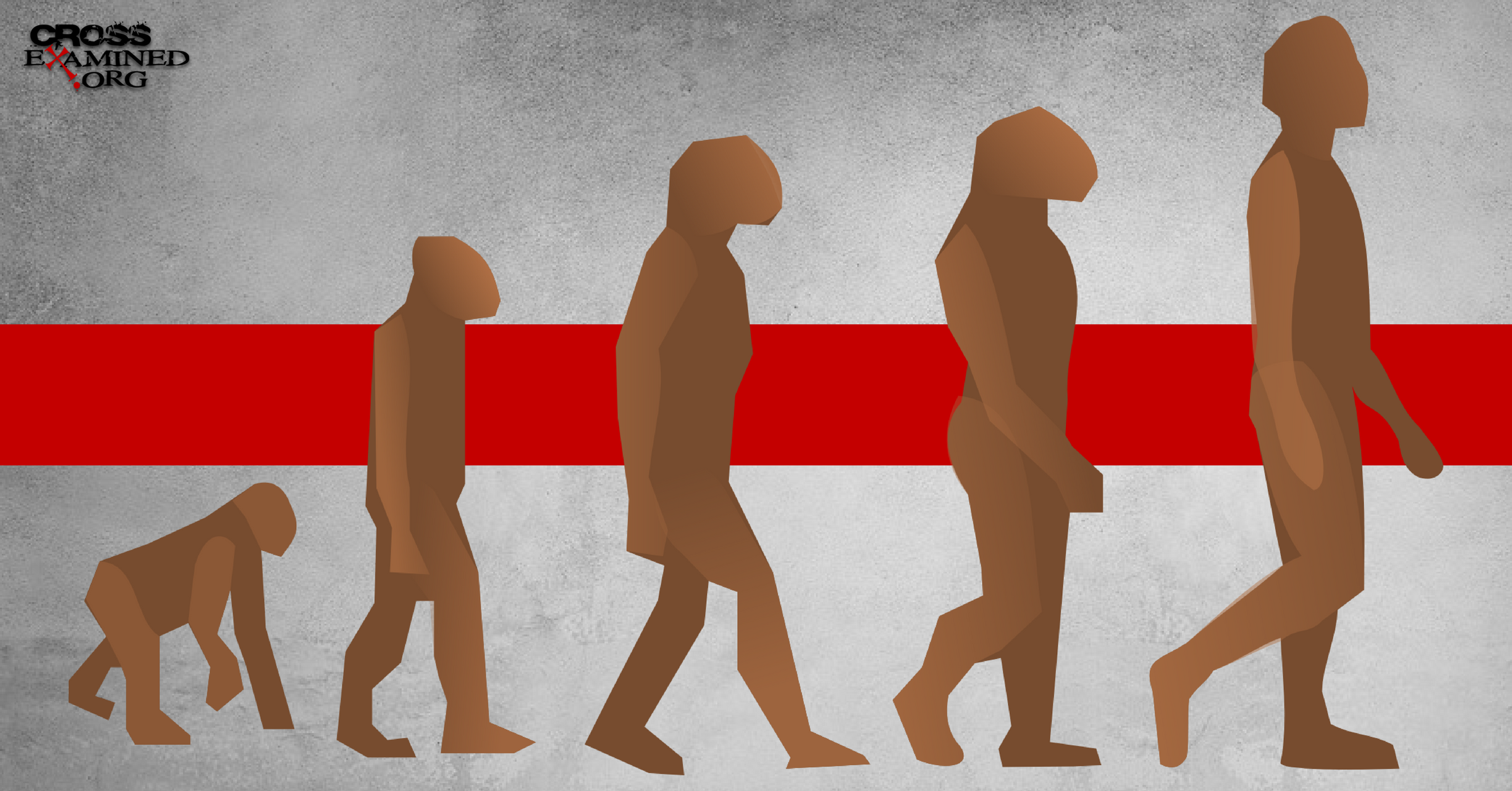Gotham City And Nazareth Are Not In The Same Category
As a child, Batman held the ranks as my favorite superhero. Unlike other superheroes who could fly, see through walls, or turn into green giants, Batman fought crime in Gotham City by more conventional means. He was a great fighter, used cool gadgets, had a killer suit, and drove a sweet car. In this way, Batman was more realistic than his superhero counterparts. Now suppose I truly believed Batman was a real person. After all, I had seen him on the movie screen and at the occasional Halloween party. My friends, however, thought I was ridiculous and tried to dispel this notion from my brain. Yet, no matter what they said, I remained convinced of his existence.
Until one day, my friend suggested to me that we go visit Batman in Gotham City. This sounded like a grand plan to me. I wasted no time packing my bags — with all my Batman t-shirts — and began daydreaming about hanging out with Batman. One final step remained. I needed to purchase plane tickets to Gotham City. So I pulled out my laptop, and began searching for the next plane ticket to Gotham City, except, I couldn’t find any! I searched vigorously for hours, but alas I came up empty.
My friend, who was sneakier than I thought, used this opportunity to explain to me why I couldn’t find a plane ticket — Gotham City doesn’t exist. In order to prove him wrong, I quickly googled Gotham City’s location, only to find that it was nowhere to be found. After all these years of thinking Gotham City was where New York City is located, I became dejected. The writing was on the wall. If Gotham City isn’t real, then Batman probably isn’t real either.
IS NAZARETH A REAL PLACE?
For years, Jesus mythicists have argued that Nazareth — like Gotham City — was fictitious. The argument goes, if Nazareth didn’t exist, then Jesus didn’t exist either. After all, the gospels repeatedly claim that Jesus came from Nazareth (Mk 1:24; Jn 1:45). Prove Nazareth didn’t exist, and you can prove Jesus didn’t exist either. Skeptics make this claim based on the fact that the Old Testament, Jewish historian Josephus, and the Jewish Talmud never mention Nazareth. Surely, the argument goes, these three major sources would have mentioned Nazareth if it was a real place. What are we to make of this claim? Was Nazareth a real place? Yes, and there’s proof.
ARCHAEOLOGY
In 1962, archaeologists discovered an Aramaic tablet in Israel which listed twenty-four different priest families and their locations. One priest family’s location was, you guessed it, Nazareth.1The traditional dating of this list goes back to the year AD 70, thus indicating that Nazareth was a real place in the first century.
Furthermore, more archaeological discoveries provide further evidence for Nazareth’s existence. Within the town itself, archaeologists excavated two houses in 2006 and 2009 — homes that match a typical home in first-century Rome. Inside the homes, they found doors, windows, a spindle, and cooking pottery.
Additionally, archaeologists uncovered first-century tombs right outside the town. This fits with Jewish customs which forbade burying dead bodies inside the town. Also, within the tombs, archaeologists discovered pottery which they date to the first century. The evidence is so conclusive, that expert archaeologist Jack Finegan states, “From the tombs… it can be concluded that Nazareth was a strongly Jewish settlement in the Roman period.”2
NAZARETH! CAN ANYTHING GOOD COME FROM THERE?
Based upon the digs, scholars suggest that ancient Nazareth was a small hillside village of about sixty acres, with a maximum population of 500 people. This fits nicely with Nathanael’s derogatory comment in John 1:46 when he asked, “Nazareth! Can anything good come from there?” One would think that if you were inventing a religious hero, you would give him a more prominent hometown. The gospel writers had no motivation to make up this detail about Jesus.
DECREE FROM CAESAR
Perhaps the most important discovery from ancient Nazareth is a marble slab measuring 24 inches by 15 inches. Archaeologists date this slab to the first half of the first century — probably during the reign of Emperor Claudius (AD 41-54). On this tablet is a decree from Caesar himself stating that if anyone steals a body from any of the tombs, they will suffer capital punishment. Bear in mind; we’re talking about Caesar, the most powerful man in the world, and a small rural village of 500 people thousands of miles away. What would compel Caesar to care about grave robbers in Nazareth? This would be the equivalent of the President of the United States addressing a grave robber in a small rural town in North Dakota.
It appears Caesar had heard stories about Jesus of Nazareth rising again from the dead. He had also probably heard that Jesus’ disciples stole his body from the tomb. Lost in the shuffle were the exact details that Jesus of Nazareth rose from the dead in Jerusalem.
We know for certain that Claudius was aware of Christianity because he expelled all Christians from Rome in AD 49. Suetonius — a second-century Roman historian — writes that Claudius “expelled from Rome the Jews constantly making disturbances at the instigation of Chrestus.” Luke also reports this event in Acts 18:2. Apparently, the Christian preaching that Jesus was the promised Messiah caused an uproar among the Jewish community. Think of how this radical claim would have caused dissension. The Jews had held to a strict monotheistic faith for thousands of years, and now suddenly, some of their own were claiming that Jesus of Nazareth is Lord! Perhaps violence was involved. It’s difficult to know for certain, but it was significant enough to cause Claudius to remove them all from his city.
WHAT DOES THIS PROVE?
Unlike Gotham City, Nazareth was a real town in the region of Galilee in first-century Rome. Archaeology confirms its existence several times over. Not only have we found ancient homes, pottery, and tombs, we also know that Caesar wrote a special decree to the people of Nazareth not take bodies from tombs lest they be put to death. It’s probable that he wrote this proclamation in relation to the story that Jesus rose again from the dead.
These archeological finds don’t necessarily prove Jesus’ existence, but they corroborate the gospels’ claims that Jesus came from Nazareth. For more on how we know Jesus was a real person, you can check out an article I wrote here.
Skeptics continue to cast doubt on the gospels, and more specifically, Jesus of Nazareth. Yet, archaeology continues to confirm the accuracy of the biblical narrative. Based on the archaeological finds discussed above, I think we can confidently say that Jesus coming from Nazareth is not fake news.
Tell me what you think in the comments below.
Original Blog Source: http://bit.ly/2Iz7AjH












Leave a Reply
Want to join the discussion?Feel free to contribute!